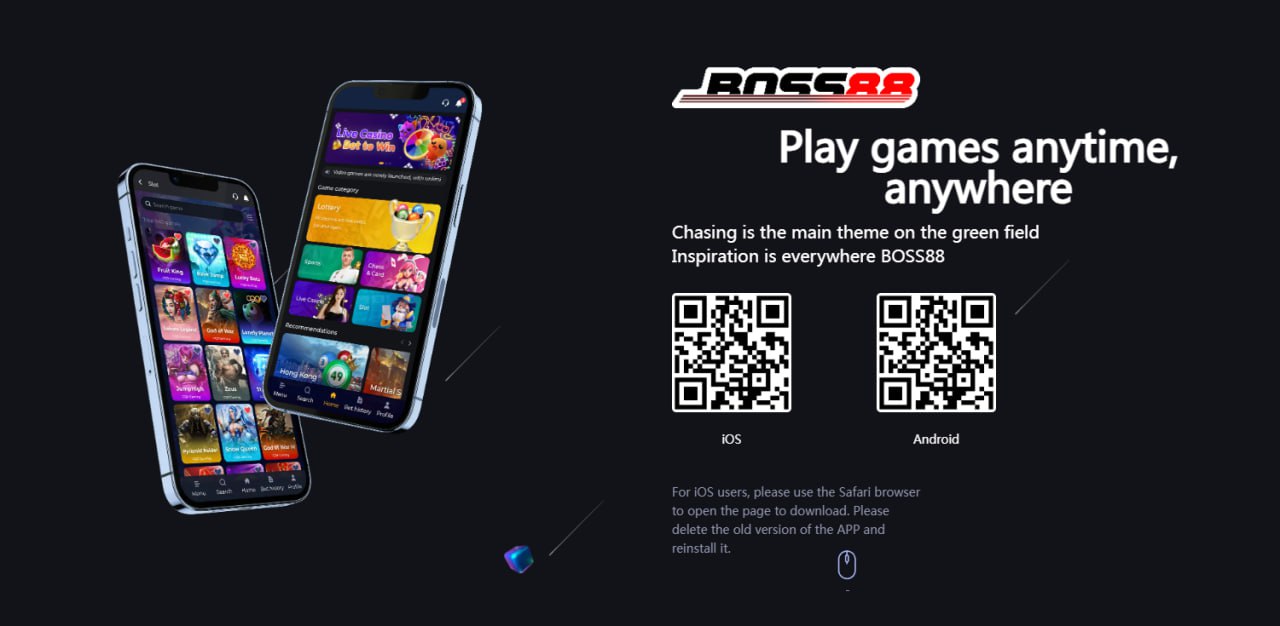Table of Contents
In the fast-paced world of sports, technology is revolutionizing the way athletes train, compete, and fans engage with their favorite games. From cutting-edge equipment to advanced analytics, the impact of technology on sports is undeniable. Let’s explore some of the innovations that are changing the game:

Sports Performance Tracking and Analytics
With the advent of wearable technology and sophisticated tracking systems, athletes can now monitor their performance in real-time. These devices, ranging from heart rate monitors to GPS trackers, provide invaluable insights into an athlete’s strengths, weaknesses, and areas for improvement. Coaches and trainers can use this data to tailor training programs and optimize performance. Coaches can then analyze this data to identify areas for improvement and develop personalized training plans for each player. Additionally, advanced analytics platforms can process vast amounts of data to identify trends and patterns, enabling teams to make data-driven decisions both on and off the court.
Virtual Reality Training
Virtual reality (VR) has opened up new possibilities for athlete training. VR simulations allow athletes to practice in realistic game scenarios, improving decision-making, reaction times, and spatial awareness. By immersing athletes in virtual environments, VR training minimizes the risk of injury associated with traditional training methods while providing a highly effective learning experience. For instance, in football, quarterbacks can use VR simulations to practice reading defenses and making split-second decisions in a variety of game situations. VR training can also be used to simulate high-pressure scenarios, such as penalty kicks in soccer or free throws in basketball, helping athletes develop the mental toughness needed to perform under pressure..
Smart Equipment
The rise of smart equipment is revolutionizing athlete safety and performance. From smart basketballs that track shooting accuracy to sensor-equipped football helmets that monitor head impacts, these innovations provide coaches and medical staff with real-time data to optimize training programs and minimize the risk of injury. Smart equipment also enhances the fan experience by providing additional insights into the game.
Instant Replay and Video Analysis
Instant replay technology has become a staple in many sports, enabling officials to review close calls and make more accurate decisions. Video analysis tools allow coaches and players to dissect gameplay footage, identify patterns, and develop strategic insights. By leveraging technology to review and analyze gameplay, teams can gain a competitive edge and improve performance on the field.
Fan Engagement
Technology has transformed the way fans interact with sports. Social media platforms, streaming services, and virtual reality experiences bring fans closer to the action, regardless of their location. Augmented reality experiences also enhance the in-stadium experience, providing interactive features and real-time stats. These innovations not only increase fan engagement but also open up new revenue streams for sports organizations.
Biomechanics and Injury Prevention
Advances in biomechanics research have led to innovations in injury prevention and rehabilitation. High-speed cameras, motion sensors, and force plates help researchers and sports medicine professionals analyze movement patterns and develop targeted interventions to optimize performance and reduce the risk of injury. By leveraging technology to understand the biomechanics of sports, athletes can train more effectively and stay healthier throughout their careers.
Data-driven Coaching
now have access to a wealth of data that can inform their decision-making and strategy development. Advanced analytics tools process vast amounts of data to identify trends, predict outcomes, and optimize player performance. From player tracking metrics to game simulations, data-driven coaching is becoming increasingly prevalent across all levels of sport. By incorporating data analytics into coaching strategies, teams can make more informed decisions and gain a competitive advantage on the field.
In conclusion, the impact of technology on sports is profound and far-reaching. From enhancing athlete performance and safety to transforming the fan experience, innovations in technology are reshaping the landscape of sports as we know it. As technology continues to evolve, we can expect even more exciting developments that will further revolutionize the way we play, watch, and engage with sports.
3.5












































